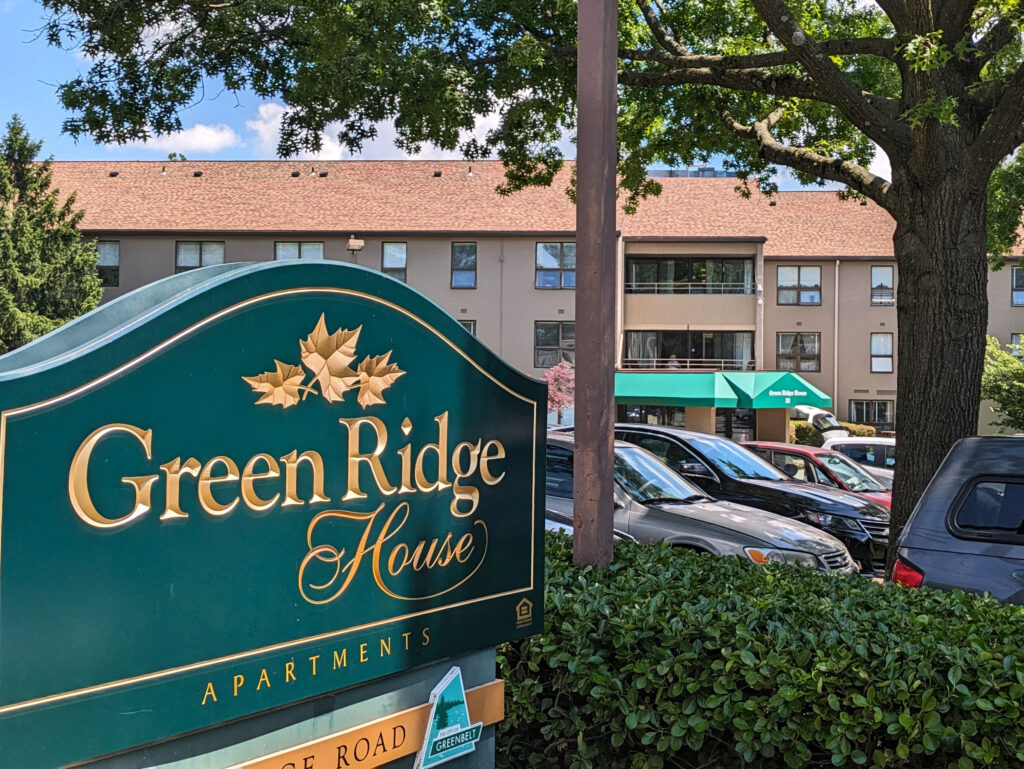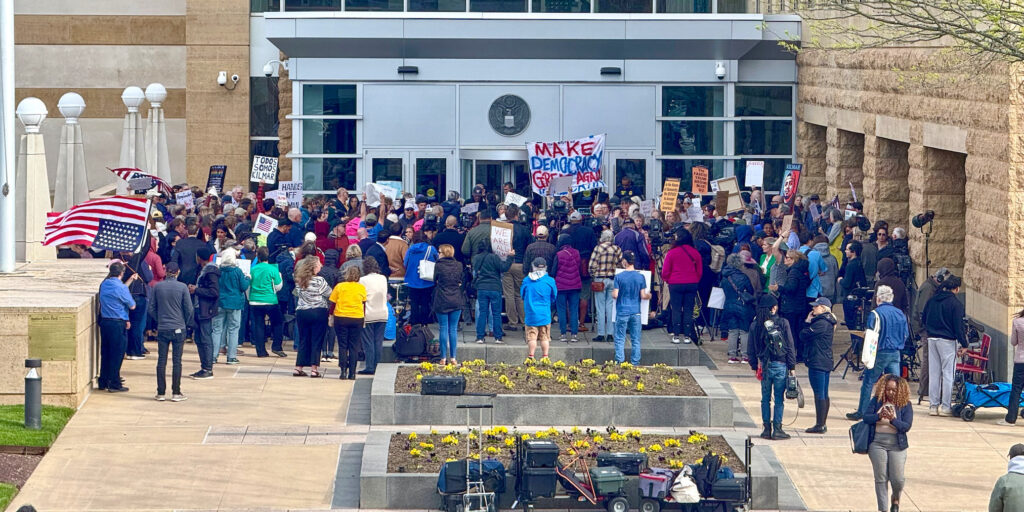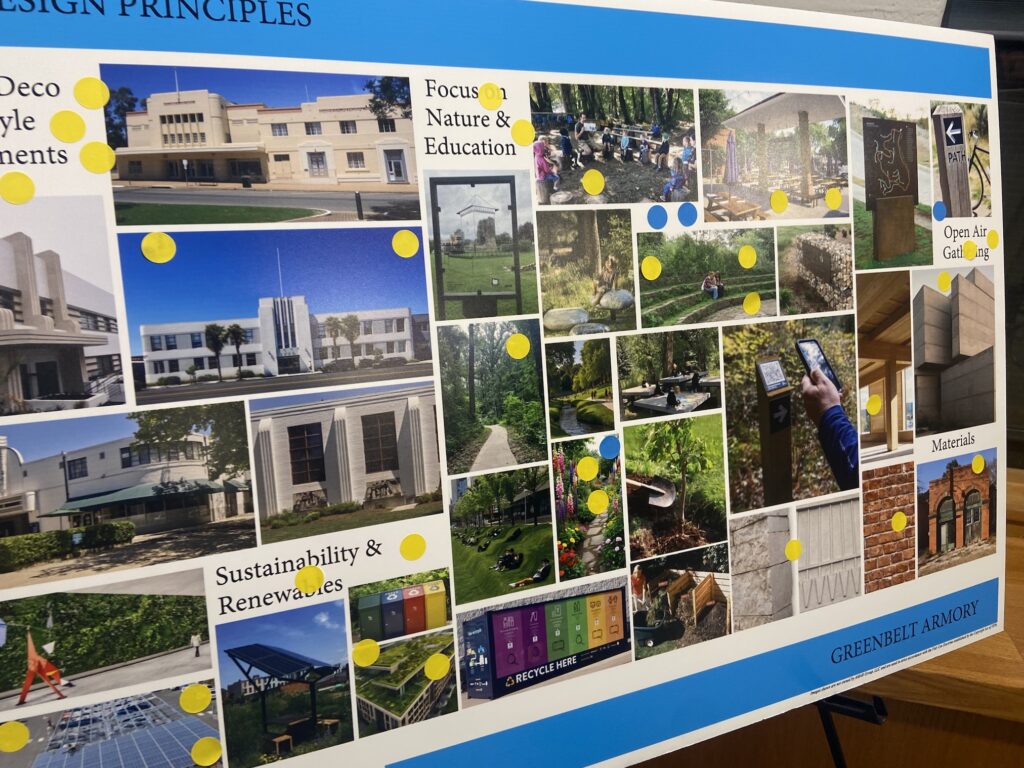On September 23, a fire alarm resulted in the dispatch of emergency vehicles to Green Ridge House on Ridge Road in Greenbelt. The equipment came from West Lanham Hills – five miles away. Firehouses in Greenbelt (0.7 miles), Berwyn Heights (2.2 mile) and College Park (3.9 miles) all considerably closer, were apparently unable to respond (perhaps because the career firefighters have been withdrawn as reported earlier). Distances are Google’s “fastest” routes point to point. Prince George’s Fire Department’s (PGFD) Director of Public Information Alan Doubleday reports the total time from dispatch to on-scene was 14 minutes and 32 seconds, although a longer response time was reported by residents (see response-time explanation on page 6).
Doubleday informed the News Review that because of the slow response, it has launched a formal internal investigation. Meanwhile it has suspended two of the volunteer firefighters who responded to the call from the West Lanham Hills Volunteer Fire Department but has not provided any explanation of why a closer station was unable to respond.
According to Doubleday the firefighters failed to meet the turnout time requirement (the time from accepting a call to leaving) and proceeded to Green Ridge House without using emergency lights and sirens, which were turned on only when they got to Ridge Road, resulting in a delayed response. The engines are equipped with cameras, similar to body cameras worn by police officers, but mounted on the dashboard, enabling the fire department to see what takes place on the scene and inside the vehicles, explained Doubleday. Only two of the fire department personnel who responded have been suspended; a third entered the engine as it was leaving the station and has not been suspended, Doubleday said, when asked about the number of personnel onboard. “The volunteer driver and volunteer officer have been operationally suspended for violations of multiple Fire/EMS Department Policies,” stated Doubleday.
“Since June 30, which was the start of the Summer Staffing Plan, over 943 emergency response incidents have been dispatched in Greenbelt. To date, this is the only incident in which responding Fire/EMS units have failed to meet adequate response time goals,” a statement shared by Doubleday said.
The statement did not include what the response time goals are but, in a letter to City Manager Josué Salmerón on June 7 announcing the reallocation of Greenbelt’s career firefighters, Fire Chief Tiffany Green stated that Greenbelt is “covered within eight minutes from the time of dispatch by surrounding stations within a five-mile radius, which meets a metric supported and recommended by our consultants, Fitch & Associates.” (One of the stations identified by Green is Berwyn Heights, a station that also saw its career firefighters removed and another is West Lanham Hills, the station that responded to this incident.) A 2022 Community Risk Assessment and Standards of Cover report from Fitch and Associates states, “For all fire incidents (low, moderate, high, and maximum risk), the 90th percentile of total response time for the arrival of the first due unit, staffed with a minimum of three firefighters, shall be 8 minutes and 0 seconds (urban) or 12 minutes and 0 seconds (rural).” It appears, however, that a second incident at Green Ridge House that morning also exceeded an eight minute 0 seconds response time as measured from dispatch to on scene arrival (see article below).
Though the alarm was an Automatic Fire Alarm it is treated as an emergency response because they do not know what they’ll find until they get there, says Doubleday. Within emergency responses there are varying sizes of response. An Automatic Fire Alarm receives a response of one engine. Meanwhile, something classified as a Street Alarm receives two engines and a Box Alarm receives four. There are 50 firefighters per Box Alarm. When something is reported as a Two-Alarm fire, that reflects a response requirement of two boxes, explained Doubleday.




